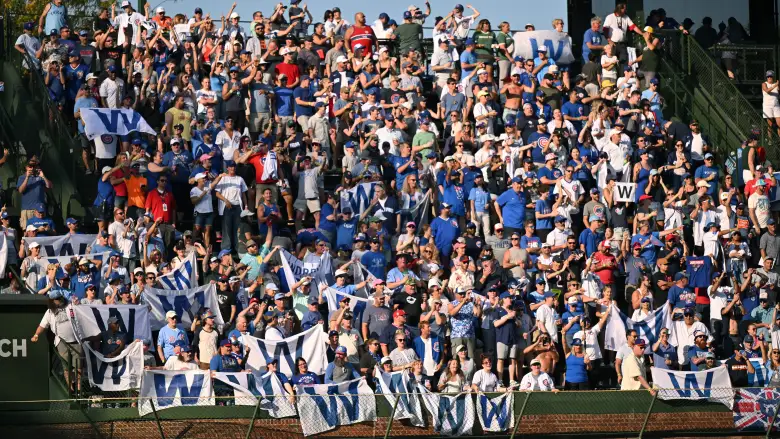
Major League Baseball has officially recorded its third straight season of attendance growth, drawing 71,409,421 fans during the 2025 regular season–the first time the league has achieved three consecutive increases since 2005-2007. In doing so, MLB also cleared the 70 million attendance mark for a third season in a row, something unseen since the 2015-2017 stretch.
That total ranks among the top attendance years in history and signals renewed momentum for the league, both in stadiums and in the broader sports marketplace. Attendance growth is back in fashion for MLB, and it’s not just about raw numbers, but how those numbers were achieved.
Why the Surge Matters, And Where It’s Coming From
At a time when many sports leagues struggle to retain live audiences, MLB’s rebound in attendance is more than good news; it’s validation. It suggests that changes the league has made in recent seasons may be working, particularly when it comes to pace of play and fan engagement.
Average game time in 2025 was 2 hours and 38 minutes, marking the third straight season where games averaged 2:40 or less. That consistency in faster gameplay is rare and demonstrates that rule changes are sticking.
Another factor: stadium draws and franchise milestones. Teams such as the Los Angeles Dodgers and San Diego Padres set new attendance records–the Dodgers surpassed 4 million total fans for the first time in franchise history. Multiple clubs also reached attendance levels unseen in years, signaling renewed local interest even in non-contending markets.
Still, not everything is rosy. While total attendance edged up 0.1% over last year, the average per game dropped slightly due to fewer doubleheaders and weather impacts. Nevertheless, the total numbers overshadow that nuance–the narrative is of a sport recovering its live appeal.
If MLB can maintain this upward trend, they could stabilize a virtuous cycle: more fans → more revenue → better facilities and promotion → more fans. But the margin for error is thin. The league must guard against complacency. This is a moment to double down, not to coast.
Rule Changes, Entertainment Value, and Momentum
A common thread in commentary about MLB’s attendance rebound is that many of the rule changes introduced earlier in the decade are paying dividends. Between the pitch clock, limits on defensive shifts, larger bases, and adjustments to mound-visit rules, the product on the field has become faster, tighter, and more action-oriented.
Fans increasingly demand more pace, clarity, and fewer dead spots. When innovation aligns with tradition, attendance is rewarded. MLB is betting, and now seeing, that casual fans and traditionalists alike will return if games feel crisp.
Moreover, expanded postseason formats, better national media distribution, and marketing efforts aimed at younger demographics have given more games meaning and visibility. The synergy between in-stadium experience and TV/digital exposure helped ensure that the increased attendance wasn’t confined to a few marquee franchises.
Momentum matters. When fans see buzz, they want to be part of it. Success draws success–higher attendance can translate into better amenities, more investment, and even stronger local rivalries that drive bigger draws in future seasons.



